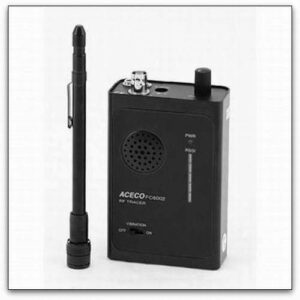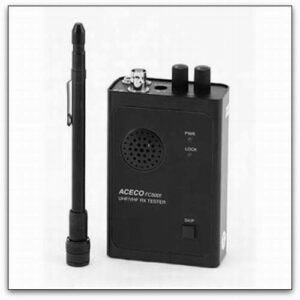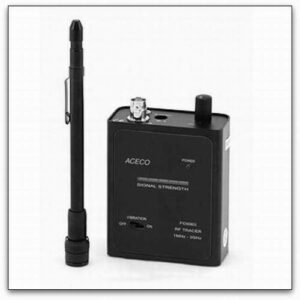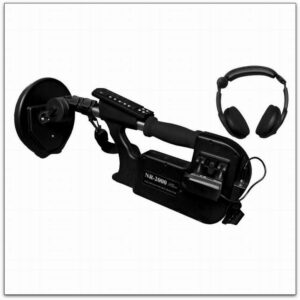Opis
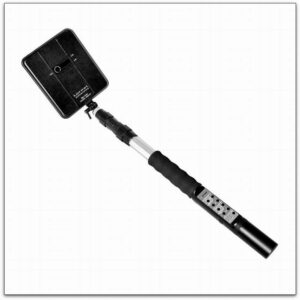
Non-linear junction detector Lornet is designed to detect various kinds of electronic devices containing semiconductor elements, such as eavesdropping devices, microphone amplifiers, audio-recording devices, remote control devices etc., both in switched-on and switched-off modes.
Distinctive features:
– light weight (less than 1kg);
– the unique antenna (only 18 mm thick) allows the hard-to-reach places to be investigated;
– minimum output power (1 W in continuous mode and 15W in pulse mode);
– automatic frequency selection allows operation in complex electromagnetic environment;
– possibility to choose either continuous or pulse radiation mode;
– wireless headphones for audio information.
Characteristics:
– radiation mode: continuous, pulse
– power of pulse/continuous signal: 15/1W
– sensitivity: not worse than -130dBm
– signal frequency: 880-906MHz
– dynamic range: not less than 80dB
– battery life: not less than 2 hours
– dimensions: 40х15х6.5 (in transport bag) / 135х15х3.2cm
– weight: less than 1kg
Non Linear Junction Detectors:
In 1970s Americans detected wires in the concrete columns of the American Embassy in Moscow. The bugs were installed during the construction of the building, and there was no other way to extract them except for complete destruction of the building. One shouldn’t neglect the importance of correct frequency tuning of NLJD equipment for different types of search environment (for instance, concrete walls). Bugs or wires (as covert listening devices are commonly called) can be set up deep in concrete columns and they still will be transmitting signals. Non-linear junction detectors (NLJD) are devices designed for search and detection of different types of covert listening devices, various electronic appliances and transmitters comprising of semiconductors. The principle of NLJD equipment operation is based on emission of high radio frequency energy in an area. Detectors have a sensitive receiver designated for reception of objects’ echo signals which, for operator’s convenience, are marked down with sound or displayed on graphical user’s interface. Depending on the model, non-linear junction detectors are capable of detecting almost any electronic appliance in any operational mode: active, stand-by, switch-off. The designation of such devices consists in detection of radio microphones, microphone amplifiers, dictophones in premises (walls, floors, ceilings, furniture, etc.). Non-linear junction detectors acquired a reputation as perfect means of counter-espionage, as embassies and other diplomatic posts are known to be most popular targets for eavesdropping equipment. Specific models of NLJD are used by the police in search for weapons during events involving great masses of people. Detectors are used for providing location secure from covert listening devices in different organizations. Non-linear junction detectors can serve multiple purposes and have a wide range of implementation, starting from ground detectors up to equipment used for detection of mobile phones. Wide range of NLJD is presupposed by the type of material or surface for search operations – ground detectors are preferable for object detection in soil, portable detectors tuned to appropriate frequency are better in search within wooden furniture. Non-linear junction detectors have a very peculiar designation, therefore their usage is conditioned by goals set by customers. Taking into account great variety of NLJD equipment there is a specific model for any purpose you may require. Current NLJD products line include models for various applications.
Why Non Linear Junction Detectors?
LJD technology has proven to be most effective in detection of semiconductors containing multiple layers of silicon, a P-Type and an N-Type. The point where they meet is called a Non Linear Junction.Non Linear Junction also appears in nature: dissimilar metals in contact with one another; the rust on metals resulting from corrosion.


